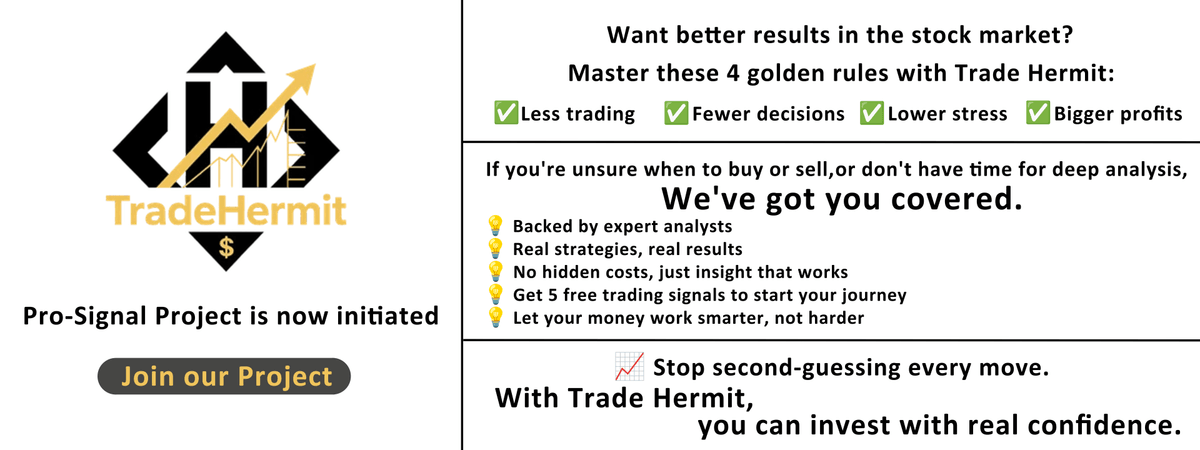U.S. equities posted mixed performance on Tuesday, with the S&P 500 inching higher, the Dow closing in the red, and the Nasdaq sliding slightly—dragged lower by semiconductor stocks. Beneath the surface of day-to-day volatility lies a deeper collision of short-term sentiment and long-term structural forces, driven by shifting policy narratives, corporate earnings, and isolated stock shocks. Below is a breakdown of the key developments:
I. Index Performance: Divergence Masking Emerging Technical Signals
- S&P 500
Gained 4 points (+0.06%), closing above the 5-day moving average. The small-bodied candle offers “supportive momentum,” suggesting further upside remains possible. That said, with over 1,000 points gained recently and no material correction in sight, investor caution is increasing.
- Nasdaq Composite
Fell 81.49 points (-0.39%), the only major index to decline. The weakness was largely attributed to semiconductors, with Nvidia plunging at the open and failing to recover throughout the session—casting a heavy drag on the index.
- Dow Jones Industrial Average
Continued its two-week pullback, failing to reach new highs. As a value-heavy index dominated by legacy names such as Disney and UnitedHealth, its underperformance reflects broader rotation and fatigue in mature sectors.
II. Policy & the Fed: From Silence to Quiet Tightening
1. Powell Avoids Rate Talk, Loosens Capital Constraints
In a high-level review of large bank capital frameworks, Fed Chair Jerome Powell delivered a brief 2-minute opening statement, focusing solely on bank supervision—completely sidestepping the topic of interest rate cuts. Meanwhile, the Fed is actively advancing proposals to lower key capital adequacy ratios and supplementary leverage thresholds for major banks.
- Implication: Reduced capital requirements could unlock lending and improve bank profitability—bullish for financials—but may also increase systemic risk and volatility, especially if risk controls are weakened.
2. Trade War De-escalation? Global Agreements on the Table
- U.S.-Philippines Trade Deal:
Trump announced a bilateral deal featuring 19% tariffs on Filipino goods and reciprocal zero-tariff market access for U.S. exports, alongside military cooperation.
- China-U.S. Outlook:
Treasury Secretary Bessent hinted that the U.S. expects “a series of trade agreements” before August 1, covering autos, semiconductors, and pharma. A new round of U.S.-China talks may take place in Stockholm next week, with a potential extension of the August 12 Geneva truce deadline.
3. Hidden Damage of Tariffs: Corporate Margins Under Pressure
Bloomberg reported that steep tariffs are heavily compressing margins for Chinese exporters, particularly in low-margin sectors like textiles, IT hardware, telecom gear, and furniture—all averaging sub-10% gross margins. Some U.S.-listed companies have begun revising down full-year earnings due to tariff-related costs (e.g., Lockheed Martin).
III. Stock-Specific Moves: Blowups vs. Breakouts
1. Lockheed Martin (LMT): A Surprise Miss
Q2 Earnings:
Net income plunged to $342 million (-80% YoY), with revenue of $18.16 billion—below consensus. Full-year profit guidance was slashed by $1.5 billion.
Cause of Miss:
Two one-off setbacks—$950M loss on a classified aviation R&D project and a $570M cost overrun on Canadian helicopter contracts. Excluding these, adjusted EPS was $7.29, beating the $6.44 estimate.
2. Nvidia (NVDA): AI Sentiment Wavers
Pullback Catalyst:
Nvidia slumped after reports that the $500B “Stargate” AI infrastructure initiative (OpenAI, SoftBank, Oracle) is facing delays and scaled-back investment. This raised doubts about near-term demand for AI chips. Additionally, as earnings season approaches, profit-taking among large-cap tech names accelerated.
3. Circle (CRCL): Stablecoin Challenger Meets Regulatory Resistance
Backdrop:
The American Bankers Association and National Bankers Association jointly petitioned the OCC to halt Circle’s application for a national trust bank charter. If approved, Circle would gain direct access to Fed payment rails and be able to issue bank-backed stablecoins.
Market Reaction:
With implied volatility over 90%, CRCL is a high-beta name. Its stablecoin, USDC, is the second-largest on-chain, and approval would directly challenge traditional banks. The lobbying response mirrors a “legacy cartel vs. disruptor” standoff—akin to six sects attacking the Shaolin Temple in Chinese folklore.
IV. Takeaways: Volatility in the Details
Markets remain rangebound at elevated levels, oscillating between easing regulatory signals, trade thaw hopes, and looming earnings risks. Diverging index performance, sharp stock-specific moves, and rising policy friction are not anomalies—they are part of the new normal.
Investment Insights:
Short-term:
Focus on upcoming earnings from megacap tech (e.g., Tesla, Alphabet). These reports will set the tone for near-term index direction.
Mid- to long-term risks:
Monitor the downstream impact of tariffs on low-margin sectors and the potential systemic consequences of loosening bank capital rules.
Positioning:
Emphasize portfolio diversification and patience. In markets driven by thematic narratives and policy noise, long-term compounding often outperforms reactive trading.
The market is like a martial world—unexpected explosions and quiet breakthroughs are both part of the journey. Stay rational, and let time be your strongest ally

